Sunday, July 27, 2008
Story last updated at 7/27/2008 - 2:45 pm
Looking back: Progress Days celebration is a good time to remember Soldotna's past
By Story By Erin Cooper | Peninsula Clarion
As the years have passed and Soldotna has progressed, it has gone through many changes, from fueling up for 27 cents a gallon to now paying nearly $5 a gallon, but what has not changed is a sense of community and steady progress toward a better future.
In 1947, townships west of the Kenai National Wildlife border were opened to homesteading as people migrated to Alaska looking for the opportunity the land promised and the community other homesteaders offered.
World War II had ended and veterans seeking land and fitting certain requirements were given preference. Having to be at least 19 years old, a U.S. citizen, the head of a family, build a habitable dwelling and live on their land for 7 months of one year, they were given patents. During the same time, non-veterans could also homestead the area but generally took up smaller parcels of land.
In a short time, land surrounding the highway was swept up. Homes were built, crops planted and people began to build a community that has grown, progressed and is celebrated during the 48th Annual Progress Days festivities.
Soldotna was selected as a sight for the Sterling Highway bridge, dedicated in 1951, to span the Kenai River, opening up the area to more homesteading and allowing homesteaders who had crossed the river on the ice or by boat greater access.
As the community grew, businesses opened and the economy started building on itself. Some homesteaders sold eggs, meat and dairy from farms, others owned businesses in town.
When Alan Ulen moved to the area, construction on the bowling alley was under way until construction workers went on strike that summer. His home was five miles south of Soldotna and he was "fortunate to find the place" after so much land was already taken up, he said. Arriving in 1959 in his "little old trailer" with his family, looking for work was hard during the strike until he found it in the oil field in 1960.
"It looked pretty bleak for making a living," said Ulen.
Some opportunities required leaving his wife and children for long periods of time, limiting his options.
Families stayed together by hiking in the snow, going sledding in the driveway, playing board games and working together to keep the homestead running. Women kept busy as homemakers.
Marge Mullen and her husband flew to Anchorage and backpacked south to the Kenai, where they set foot on the land they wanted as early arrivals amongst the homesteaders. Arriving around the big burn of 1947, Mullen swam in the surrounding lakes during the summer to keep cool. She found friends in neighboring homemakers who gathered once a month.
"For a real thrill for the ladies," said Mullen.
Cabins were miles apart but families met to collect water, to talk about jobs and local happenings. The well at Wilson's Store had the modern convenience of a hand pump and provided a place for the community to get water and meet with each other regularly.
"They thought putting women in the hole would make it narrower," Mullen said about hand-digging the family's 25-foot well herself.
She also was responsible for keeping the home fire burning, baking bread, making home brew and providing her family with three meals a day. She kept her kids close together and spent time with her family. With no electricity, she kept the lamps oiled before dark. Each family member had a role in keeping the homestead running.
"My kids had chores you couldn't imagine," she said.
Homesteaders wrote letters and hoped to receive one in return when visiting the post office. The Ulens received care packages from family in different states. Between receiving items or word from other places though, the homesteaders of the area depended on each other and their families to get along.
"People in the community played a lot of pinochle," said Ulen.
His family visited with the other homesteaders on Tote Road and "visited, played cards, and tried to stay warm."
They shared Thanksgiving with an older couple who lived nearby, and brought them to get their mail and water. The Ulens found community in the neighboring homesteaders. Dirt trails leading to other homes were cleared and cabins were built with the each other's help.
Arriving in 1948, Martha (Lancashire) Merry spent time with her family working together and swimming during the summer.
"Every afternoon we would go down to Soldotna Creek and swim and haul water while Dad would fish," said Merry.
During winter the children went to school, came home, did chores and went to bed. There was nothing else to do, although her dad did read to the family. As roads were paved, stores became more prominent and people swarmed the area, the way of life slowly changed.
"Living is a lot easier now," said Merry.
She said living as a homesteader developed character.
"People have to work harder now to develop character," said Merry.



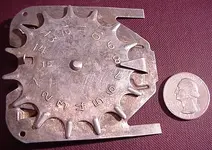
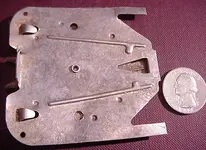
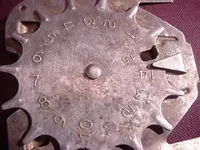
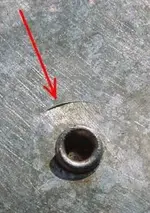

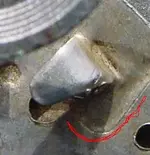





 Bramblefind ~ BigCy ~ trikikiwi ~ pronghorn ~ SWR ~ IronSpike
Bramblefind ~ BigCy ~ trikikiwi ~ pronghorn ~ SWR ~ IronSpike 
 I just found this blog which has some accounts of the area -
I just found this blog which has some accounts of the area -

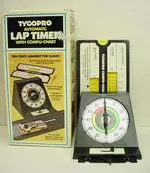
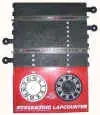
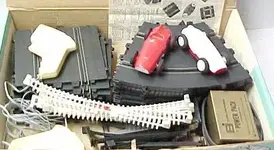


 . Bob
. Bob